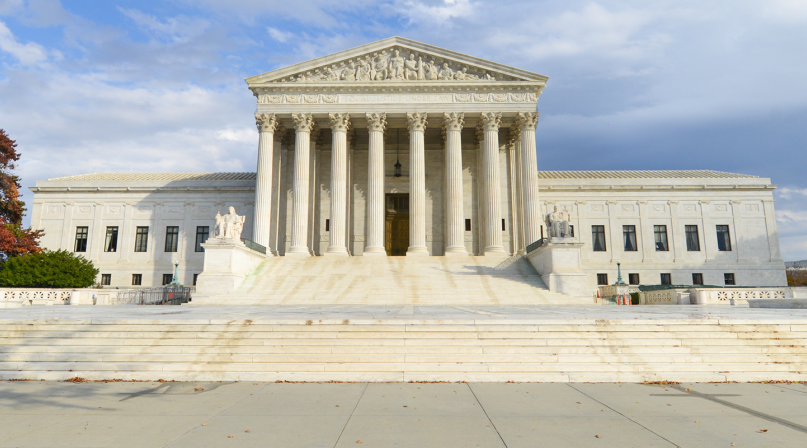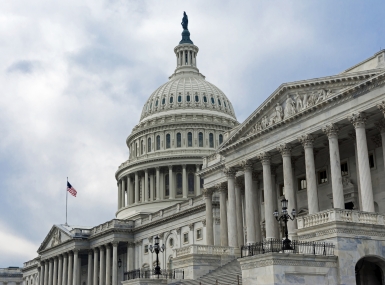‘Total population’ remains basis for redrawing state districts, SCOTUS says

Total population, not voting population, remains base for redistricting
In what has been described as the most important “one-person, one-vote” case since the U.S. Supreme Court adopted the principle over 50 years ago, the court held that states may apportion state legislative districts based on total population. Local governments may do the same. The high court’s opinion in Evenwel v. Abbott is unanimous. All 50 states currently use total population to design state legislative districts; only seven adjust the census numbers “in any meaningful way.”
In Reynold v. Sims (1964), the court established the principle of “one-person, one-vote” requiring state legislative districts to be apportioned equally so that votes would have equal weight.
The question in this case was what population is relevant — total population or voter-eligible population. Total population includes numerous people who cannot vote — notably non-citizens and children.
Following the 2010 census, Texas redrew its state Senate districts using total-population. The maximum total-population deviation between districts was about 8 percent (up to 10 percent is presumed constitutional); the maximum eligible-voters deviation between districts exceeded 40 percent.
Justice Ruth Bader Ginsburg’s majority opinion concluding Texas may redistrict using total population is “based on constitutional history, this court’s decisions, and longstanding practice.”
Regarding constitutional history, Section 2 of the 14th Amendment explicitly requires that the U.S House of Representatives be apportioned based on total population.
“It cannot be that the 14th Amendment calls for the apportionment of congressional districts based on total population, but simultaneously prohibits states from apportioning their own legislative districts on the same basis.”
In no previous cases had the court determined if a deviation was permissible based on eligible- or registered-voter data.
And finally, states and local governments’ redistricting based on total population is a settled practice. “Adopting voter-eligible apportionment as constitutional command would upset a well-functioning approach to districting that all 50 states and countless local jurisdictions have followed for decades, even centuries,” Ginsburg wrote.
Despite Texas’s urging, the court did not decide whether states may redistrict using voter-eligible population. It seems only a matter of time until the court will decide whether state legislatures and local governments must redistrict based on total-population data.
(NACo is a founder, board member and funds the State and Local Legal Center, headquartered in Washington, D.C. SLLC extends NACo’s advocacy on behalf of counties to the nation’s highest court.)
Attachments
Related News

Congress introduces Second Chance Act reauthorization
On April 16, the Second Chance Reauthorization Act of 2024 (H.R. 8028) was introduced in the U.S. House of Representatives with robust bipartisan support. NACo supports this legislation, which would reauthorize funding for Second Chance Act (P.L. 110-199) programs for five years.

Congressional leaders introduce new legislation for a national data privacy framework
On April 7, U.S. House Energy and Commerce Committee Chair Cathy McMorris Rodgers (R-Wash.) and U.S. Senate Commerce, Science and Transportation Committee Chair Maria Cantwell (D-Wash.) introduced the American Privacy Rights Act.

U.S. Department of Energy announces $18 million for Local Government Energy Program
U.S. Department of Energy announces $18 million for Local Government Energy Program
